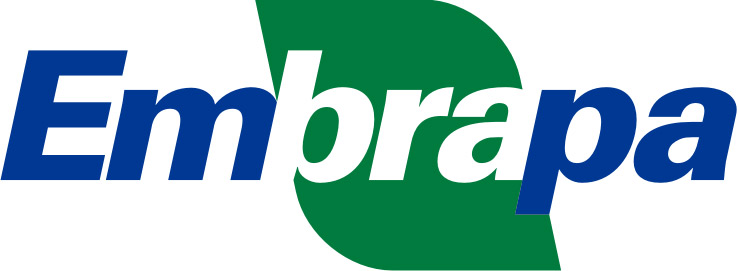Por favor, use este identificador para citar o enlazar este ítem:
http://www.infoteca.cnptia.embrapa.br/infoteca/handle/doc/1113942Registro completo de metadatos
| Campo DC | Valor | Lengua/Idioma |
|---|---|---|
| dc.contributor.author | BARROSO, R. M. | eng |
| dc.contributor.author | MUÑOZ, A. E. P. | eng |
| dc.contributor.author | CAI, J. | eng |
| dc.date.accessioned | 2019-11-06T19:43:34Z | - |
| dc.date.available | 2019-11-06T19:43:34Z | - |
| dc.date.created | 2019-11-06 | |
| dc.date.issued | 2019 | |
| dc.identifier.citation | Rome: FAO, 2019. | eng |
| dc.identifier.issn | 2070-6065 | eng |
| dc.identifier.uri | http://www.infoteca.cnptia.embrapa.br/infoteca/handle/doc/1113942 | - |
| dc.description | Tilapia is the most popular aquaculture species item farmed in over 120 countries or territories worldwide. Global tilapia aquaculture production grew 11 percent annually (or 13 percent in terms of farmgate value) over the past three decades, from 0.3 million tonnes (USD 304 million) in 1987 to 5.9 million tonnes (USD 11 billion) in 2017. Aquaculture production in Brazil increased 14 percent annually (or 12 percent in terms of farmgate value), from 13 000 tonnes (USD 56 million) in 1987 to 595 000 tonnes (USD 1.5 billion) in 2017, making it a regional aquaculture powerhouse contributing to 20 percent of Latin America and the Caribbean's aquaculture production in 2017. In Brazil, tilapia has been the largest aquaculture item, contributing to nearly half of the country's aquaculture production tonnage in 2017. This document assesses tilapia farming and the value chain in Brazil by examining tilapia farming technology and practices, dissecting the tilapia value chain, evaluating the sector's social and economic performance, discussing the importance of proper governance to the sector development, and highlighting potentials, issues, constraints and challenges in the development of tilapia farming or aquaculture in general in Brazil. | eng |
| dc.language.iso | eng | eng |
| dc.relation.ispartofseries | (FAO. Fisheries and aquaculture circular, 1181). | eng |
| dc.rights | openAccess | eng |
| dc.title | Social and economic performance of tilapia farming in Brazil. | eng |
| dc.type | Folhetos | eng |
| dc.date.updated | 2019-11-07T11:11:11Z | |
| dc.subject.thesagro | Peixe | eng |
| dc.subject.thesagro | Tilápia | eng |
| dc.subject.thesagro | Economia Pesqueira | eng |
| dc.subject.thesagro | Aquicultura | eng |
| dc.subject.nalthesaurus | Aquaculture | eng |
| dc.subject.nalthesaurus | Tilapia (common name) | eng |
| dc.subject.nalthesaurus | Fish farms | eng |
| dc.subject.nalthesaurus | Economic systems | eng |
| dc.description.notes | Licence: CC BY-NC-SA 3.0 IGO. | eng |
| dc.format.extent2 | 44 p. | eng |
| riaa.ainfo.id | 1113942 | eng |
| riaa.ainfo.lastupdate | 2019-11-07 -02:00:00 | |
| dc.contributor.institution | RENATA MELON BARROSO BERTOLINI, CNPASA; ANDREA ELENA PIZARRO MUNOZ, CNPASA; JUNNING CAI, FAO. | eng |
| Aparece en las colecciones: | Folder / Folheto / Cartilha (CNPASA)  | |
Ficheros en este ítem:
| Fichero | Descripción | Tamaño | Formato | |
|---|---|---|---|---|
| CNPASA2019fao.pdf | 4.02 MB | Adobe PDF |  Visualizar/Abrir |









